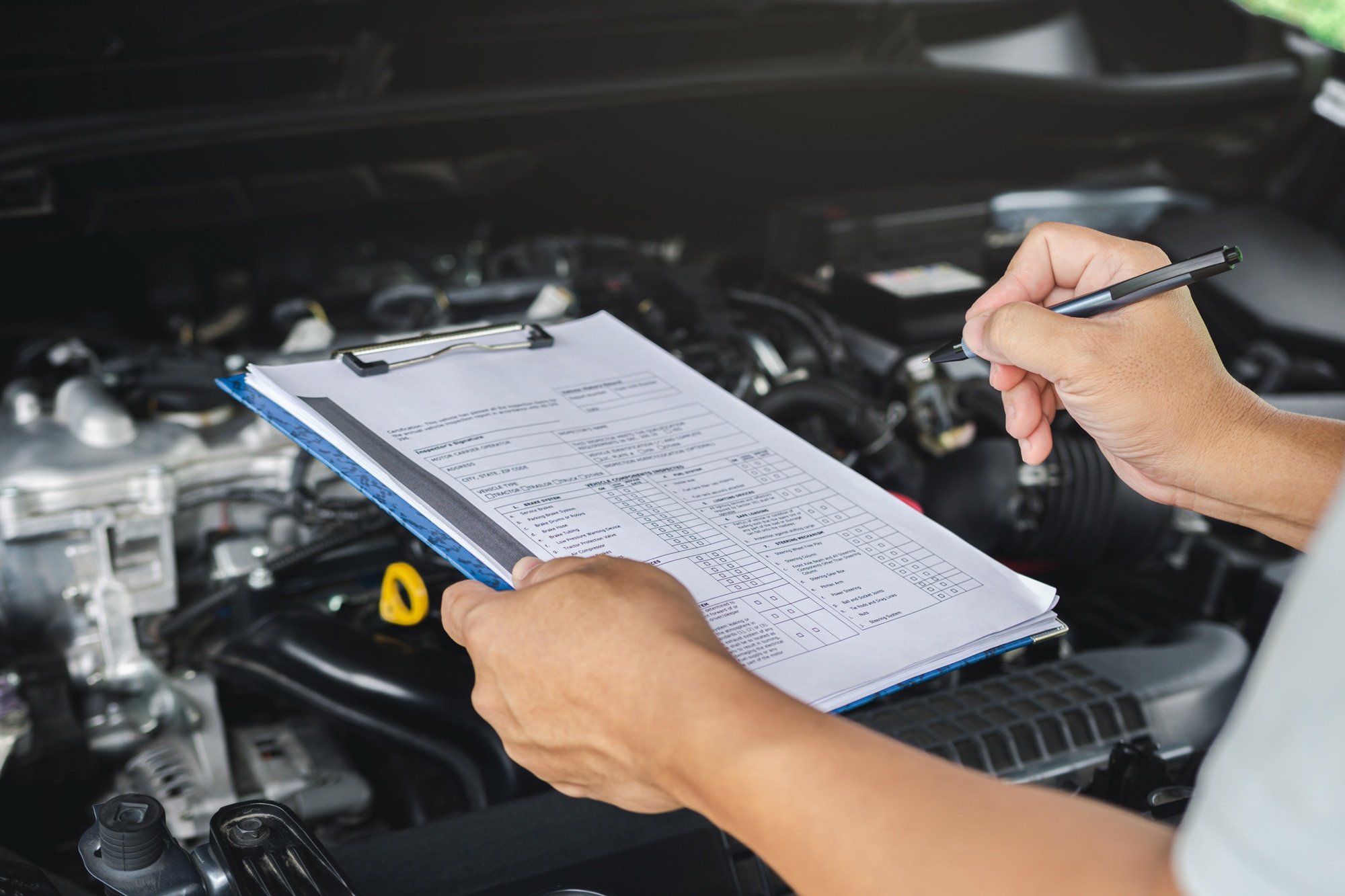5 Things a Pre-Purchase Inspection Might Miss
A pre-purchase inspection is important to detect potential problems in used cars.
 Shutterstock
Shutterstock
QuickTakes:
A pre-purchase inspection (PPI) on a used car, truck, or SUV is one of your best investments when shopping for a used vehicle. Taking the time to thoroughly check out an automobile before buying it — or paying a professional mechanic to do the same — is an effective tool for discovering potential problems that might be hard to detect on a short test drive and while negotiating a lower purchase price.
That being said, a PPI can't discover every potential issue with a secondhand vehicle. Some problems can sometimes remain hidden even after a professional inspection. Here's a look at five things a pre-purchase inspection can miss.
Hidden Rust and Body Damage
Rust on any car can be tough to detect, as it's not always located in areas of a vehicle that can be easily inspected — even during a PPI. Viewed from the outside, body panels that look perfectly fine can easily conceal corrosion beneath a fresh coat of paint, trim, bumpers, chrome, or body filler.
A quick visual inspection doesn't take into account the nooks and crannies where water can accumulate or where gunk, grime, and salt can build up and hold moisture against metal. These areas include the frame, the drains at the bottoms of fenders and around the windshield, floorpans, trunks, and the underside of doors. Suspension and chassis components continually blasted by the elements across thousands of miles of driving are also vulnerable to corrosion.
During a PPI, it's essential to have full access to a vehicle to seek out rust. Ensure you get underneath the car to see the floor, frame, and suspension and have enough time to inspect areas where corrosion occurs thoroughly. You may also want to bring a magnet to attach to the car's bodywork to ensure you're dealing with clean metal rather than body filler beneath the paint.
Finally, check the fit of each body panel to determine whether they might have been replaced or poorly fixed, which could indicate rust hidden behind older repair work.
Potential Electrical Issues
Given the complexity of modern automotive wiring and the bevy of sensors, electrical problems can be frustrating to diagnose.
On-board diagnostic (OBD) systems display trouble codes related to some types of electrical issues, but they don't cover the entire range of a vehicle's functionality. The seller can also erase these codes using a simple OBD dongle, so a red flag such as the check-engine light will be unlit during your test drive.
Two approaches can help ensure a thorough inspection of a vehicle's electrical system. The first is simple but time consuming: Activate every light, switch, aspect of the infotainment system, and climate-control functions to verify they are all working correctly.
The second action is to use an OBD scanner to check for codes related to the vehicle's electronics that might have been erased. If you don't have access to this equipment, most reputable shops will have similar tools to provide more in-depth sensor testing.
Intermittent Problems
A short test drive can undoubtedly be a helpful part of a PPI, as it allows you to get a feel for how a used vehicle's suspension performs on the street, how its engine runs, and whether or not there are any unusual noises or vibrations detectable from behind the wheel.
Unfortunately, some used cars can have intermittent problems that won't show up unless you are given the rare opportunity to drive the vehicle for a long time, in different weather conditions, or with a good mix of highway and stop-and-go traffic.
Whatever the time of year you're inspecting a used car, steering, cooling, and even infotainment systems can also be subject to temperature-dependent problems that cause them to perform poorly in more extreme climate conditions. Sometimes, an engine might stumble and lose power only in hot weather, idle rough after a rainstorm or in humid conditions, or have problems starting during colder temperatures.
Identifying intermittent problems is a tricky aspect of any PPI to navigate. Sporadic issues are, by their nature, difficult to duplicate and are among the easiest things to miss — even for experienced mechanics.
Transmission Issues
If improperly maintained or exposed to heavy usage, automatic transmissions can wear out and potentially lead to problems. When inspecting a used car, verifying that the transmission's gears aren't slipping or shifting roughly can prevent future costly repairs to a major part of the car's powertrain.
Be aware that unscrupulous sellers can dump additives into a transmission that will temporarily mask shifting problems. These short-term fixes can make a transmission seem in good shape, but the issues it hides will resurface over time.
As with intermittent problems, checking whether Band-Aid additives were used in a transmission can be challenging. But it's always a good idea to pull the transmission's dipstick, if possible, and verify the condition of the fluid in the gearbox.
Climate Control Problems
Heating, ventilation, and air-conditioning (HVAC) issues aren't subject to the same temporary fixes as a transmission. Still, the very nature of these systems can make them tricky to verify.
You won't be able to tell if a car's air-conditioning system is blowing cold if you're inspecting a vehicle in the dead of winter. By the same token, a heater core being tested on a blistering hot day won't reveal any problems, either.
Your best bet is to head to a shop and ask them to use their controlled climate garage and HVAC-specific testing equipment to validate the quality of the HVAC system's functionality.



